 Right now, as I type this and most likely as you read it, a movie titled John Carter of Mars, based on the Edgar Rice Burroughs novel A Princess of Mars, is in production. Not in development. Not in pre-production. Not in meetings. It is in front of cameras. Andrew Stanton, director of the brilliant CGI Pixar films Finding Nemo and WALL·E, is shooting John Carter of Mars from a script by Stanton, Michael Chabon, and Mark Andrews, in London this very minute, in this dimension, and it will reach theaters in 2012, in time for the novel’s one hundreth birthday.
Right now, as I type this and most likely as you read it, a movie titled John Carter of Mars, based on the Edgar Rice Burroughs novel A Princess of Mars, is in production. Not in development. Not in pre-production. Not in meetings. It is in front of cameras. Andrew Stanton, director of the brilliant CGI Pixar films Finding Nemo and WALL·E, is shooting John Carter of Mars from a script by Stanton, Michael Chabon, and Mark Andrews, in London this very minute, in this dimension, and it will reach theaters in 2012, in time for the novel’s one hundreth birthday.
Really. Honest and for true. It is actually happening.
This is both the perfect and imperfect (although not the pluperfect or future perfect) time for an adaptation of Edgar Rice Burroughs’s Martian novels. It is perfect because the level of special effect visualization has finally caught up to the wild genius of Burroughs’s Barsoom, and the current mania for fantasy and and science-fantasy spectacle has climbed to a level where a wide audience will open up its arms to embrace the wonder of John Carter slashing his way across the dreamworld of Mars. And in Andrew Stanton, we may very well have the perfect director to achieve it. (He has never done a live-action film, but I’ll give the person who directed the new science-fiction classic WALL·E the benefit of the doubt any time). It’s the imperfect time because many viewers will believe that a John Carter of Mars project is some kind of Avatar clone. James Cameron’s mega-blockbuster borrows heavily from Edgar Rice Burroughs—to the point that I almost could think of nothing else but ERB while I was watching it—but general audiences probably won’t know that not only does John Carter date back to 1912, but a film project has been going through constant development hell since the 1980s. For years, I’ve had my hopes raised with each announcement in the trades that made it seem that a Barsoomian adventure was finally about to make it to theaters: the close-call with John McTiernan (I own a copy of that Rossio-Elliott script; not bad), the almost with Robert Rodriguez from a Mark Protosevich script, the near-miss with Kerry Conran, and the so-close brush with John Favreau before Iron Man called.
But the story of the development Purgatorio of John Carter goes back even farther into history. Farther even then the discussion of Ray Harryhausen adapting the property in the 1950s. To see what might have been, during the only other time that John Carter could have been properly imagined for theaters, we must look back to the Great Decade of the 1930s.
…
Read More Read More

 Right now, as I type this and most likely as you read it, a movie titled John Carter of Mars, based on the Edgar Rice Burroughs novel A Princess of Mars, is in production. Not in development. Not in pre-production. Not in meetings. It is in front of cameras. Andrew Stanton, director of the brilliant CGI Pixar films Finding Nemo and WALL·E, is shooting John Carter of Mars from a script by Stanton, Michael Chabon, and Mark Andrews, in London this very minute, in this dimension, and it will reach theaters in 2012, in time for the novel’s one hundreth birthday.
Right now, as I type this and most likely as you read it, a movie titled John Carter of Mars, based on the Edgar Rice Burroughs novel A Princess of Mars, is in production. Not in development. Not in pre-production. Not in meetings. It is in front of cameras. Andrew Stanton, director of the brilliant CGI Pixar films Finding Nemo and WALL·E, is shooting John Carter of Mars from a script by Stanton, Michael Chabon, and Mark Andrews, in London this very minute, in this dimension, and it will reach theaters in 2012, in time for the novel’s one hundreth birthday.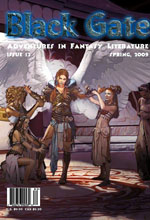 Every year, uberreviewer Rich Horton sets out to summarize the year in genre short fiction at his newsgroup on SFFNet.
Every year, uberreviewer Rich Horton sets out to summarize the year in genre short fiction at his newsgroup on SFFNet.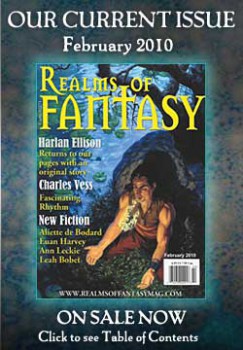 The new Realms of Fantasy coincides with the relaunch (as of December 11, 2009) of an actually informative
The new Realms of Fantasy coincides with the relaunch (as of December 11, 2009) of an actually informative 
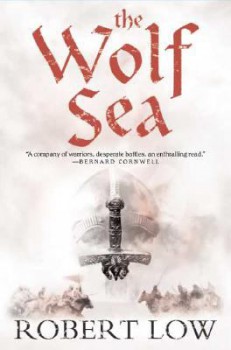 The Wolf Sea
The Wolf Sea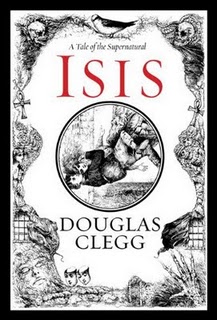 Don’t talk to a wolf in your Grandma’s nighty, don’t take an apple from a creepy old lady and when in doubt, trust the house mice.
Don’t talk to a wolf in your Grandma’s nighty, don’t take an apple from a creepy old lady and when in doubt, trust the house mice.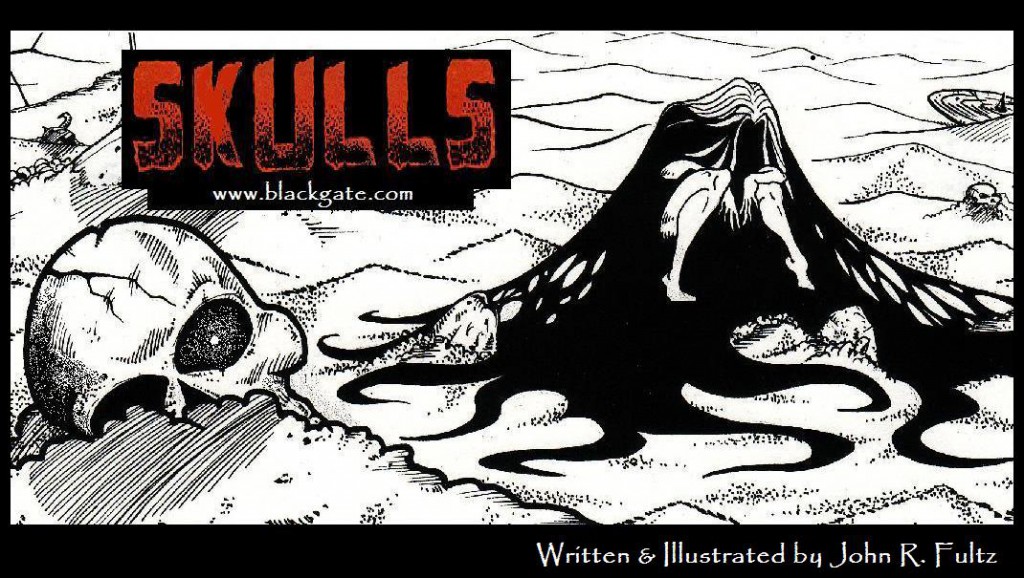
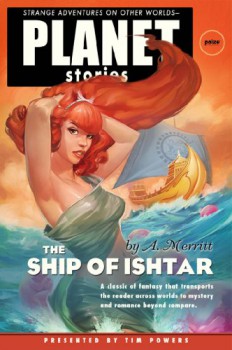 The Ship of Ishtar
The Ship of Ishtar